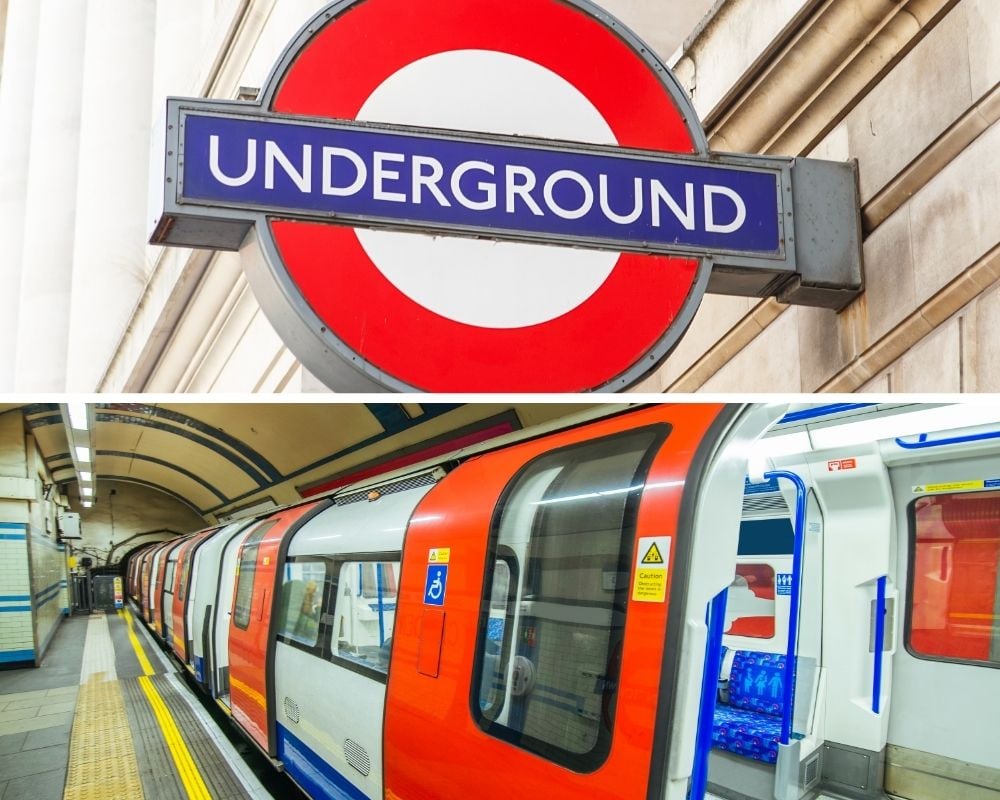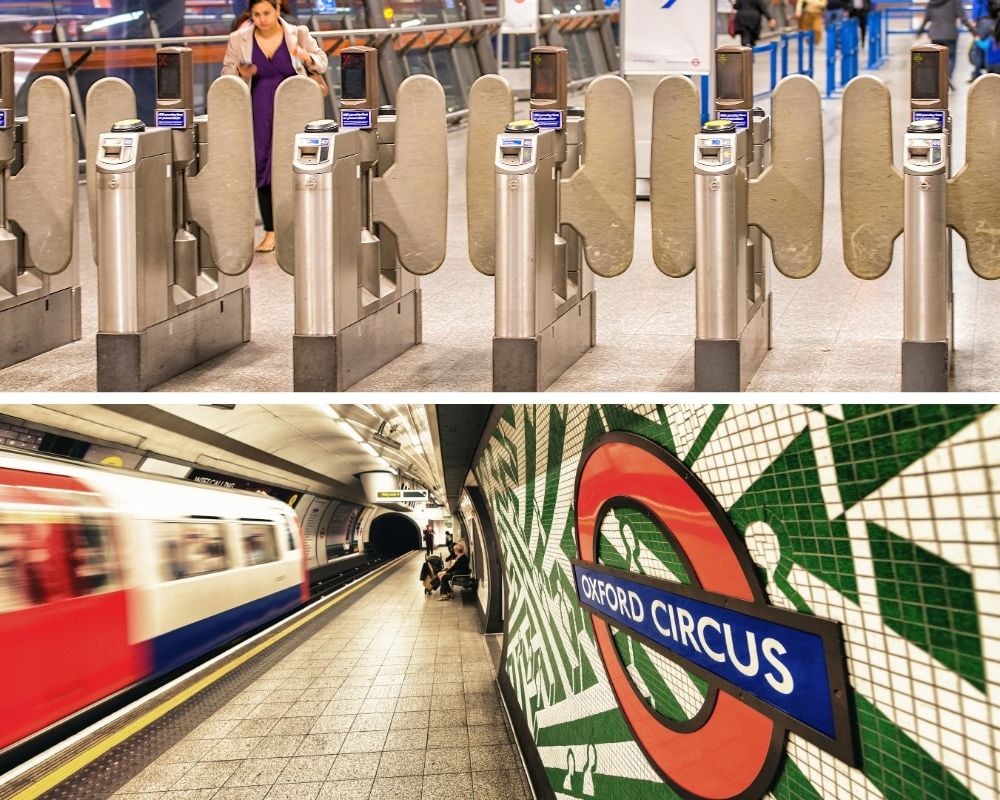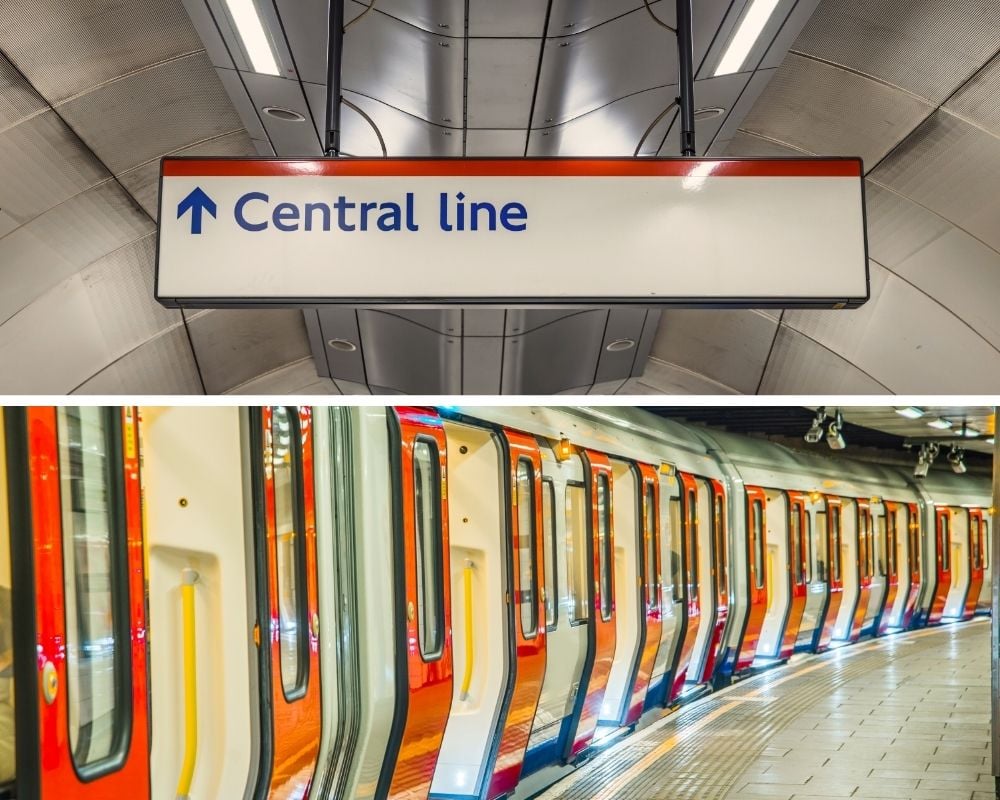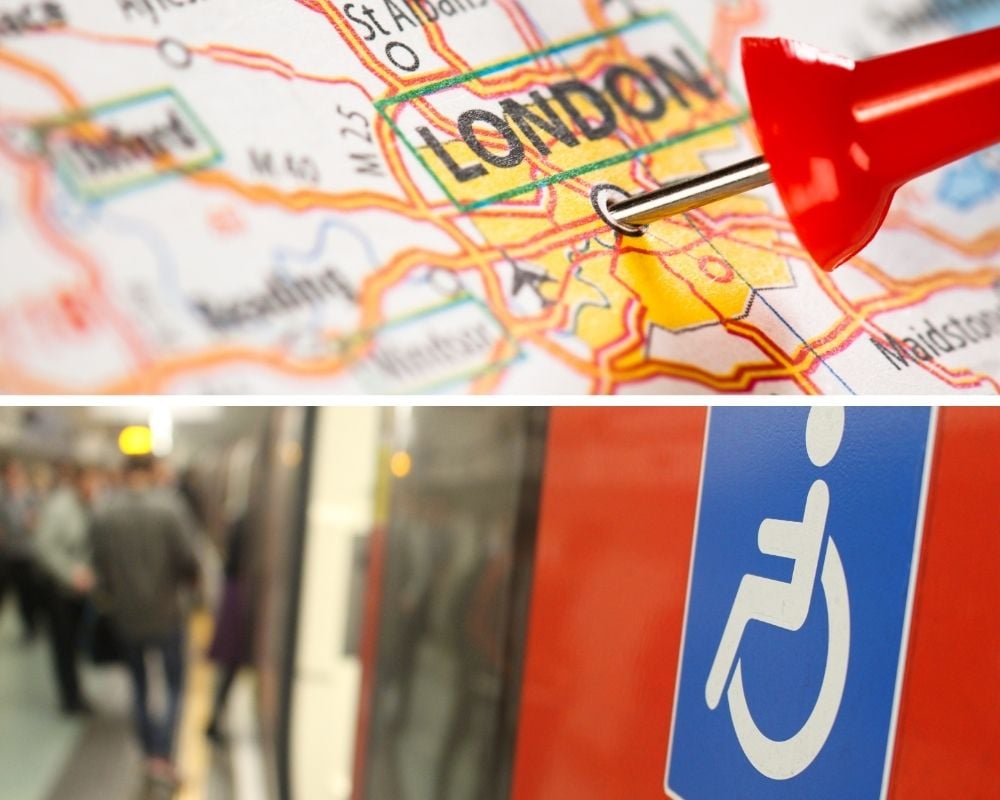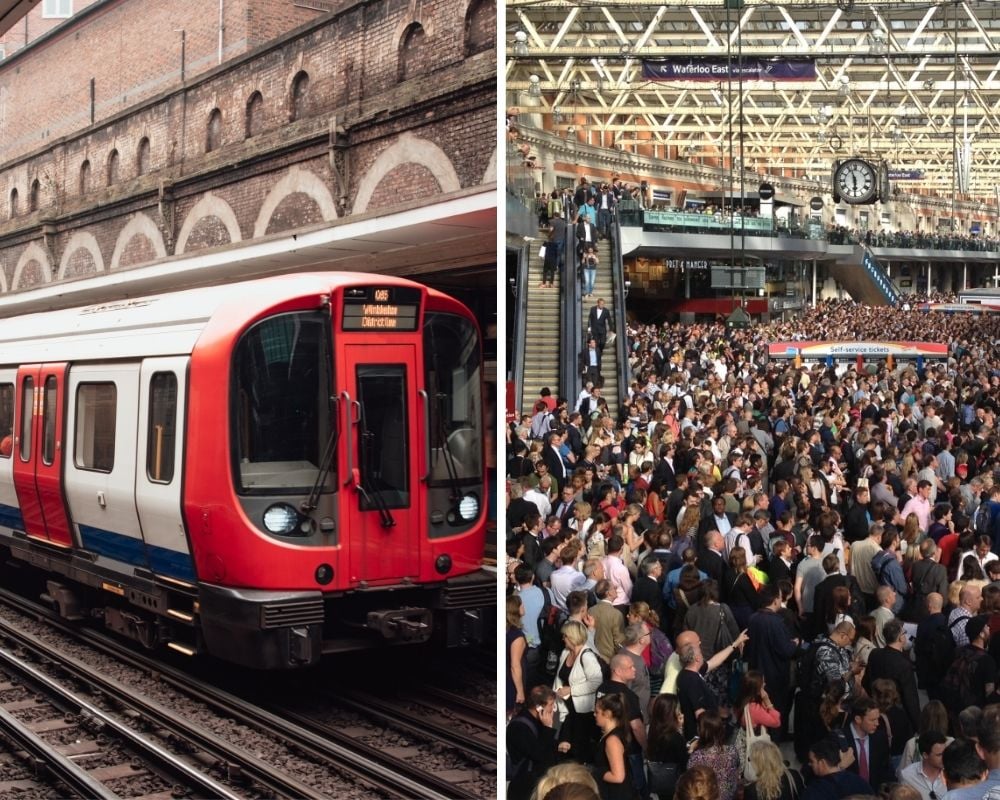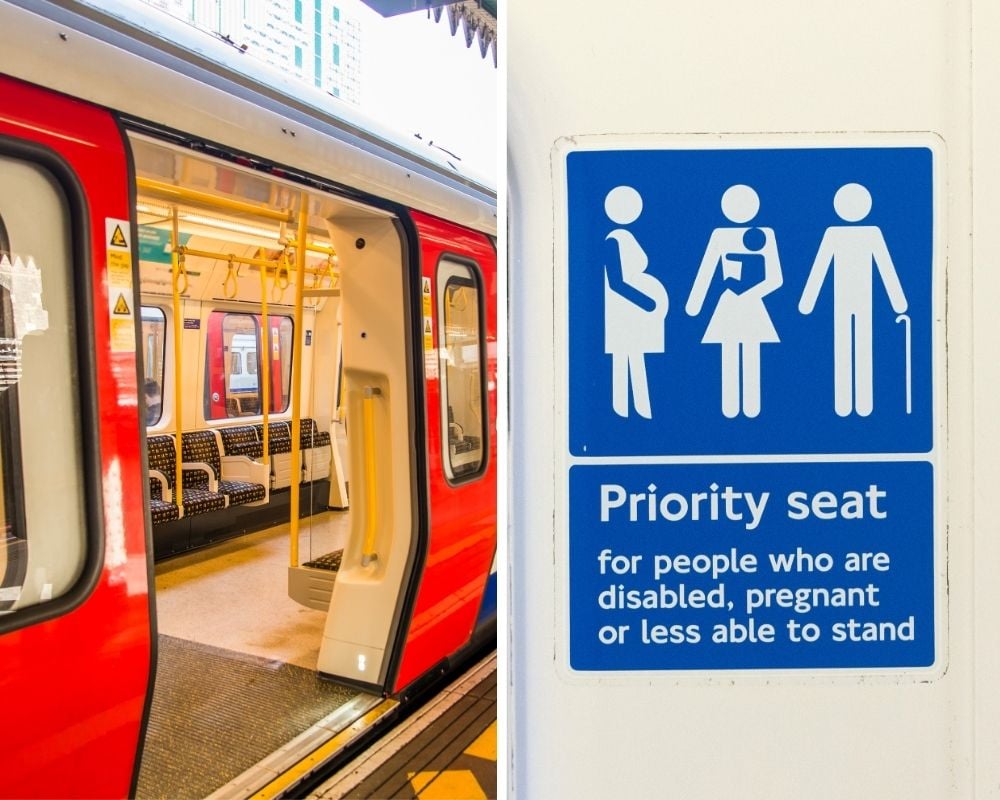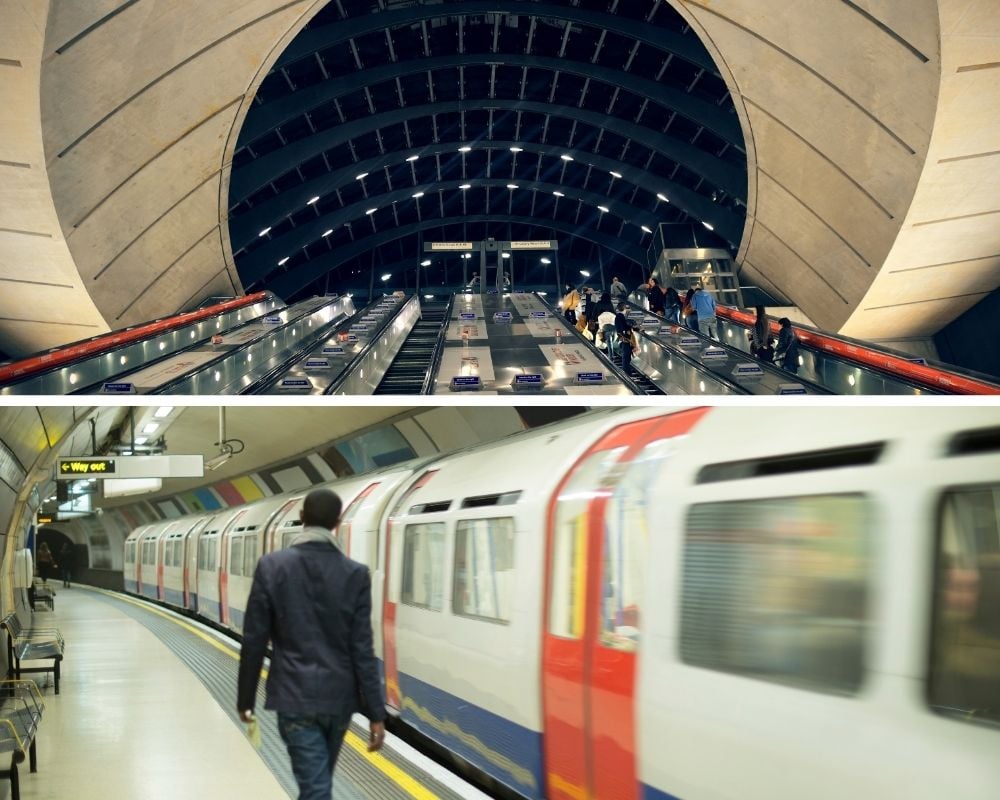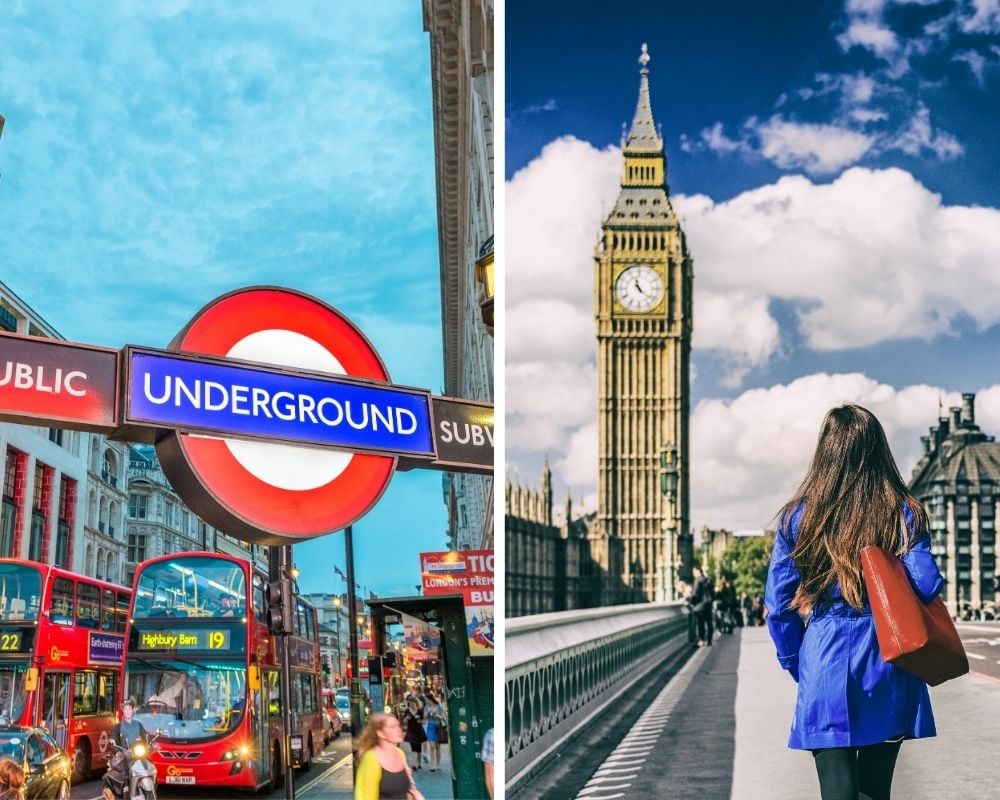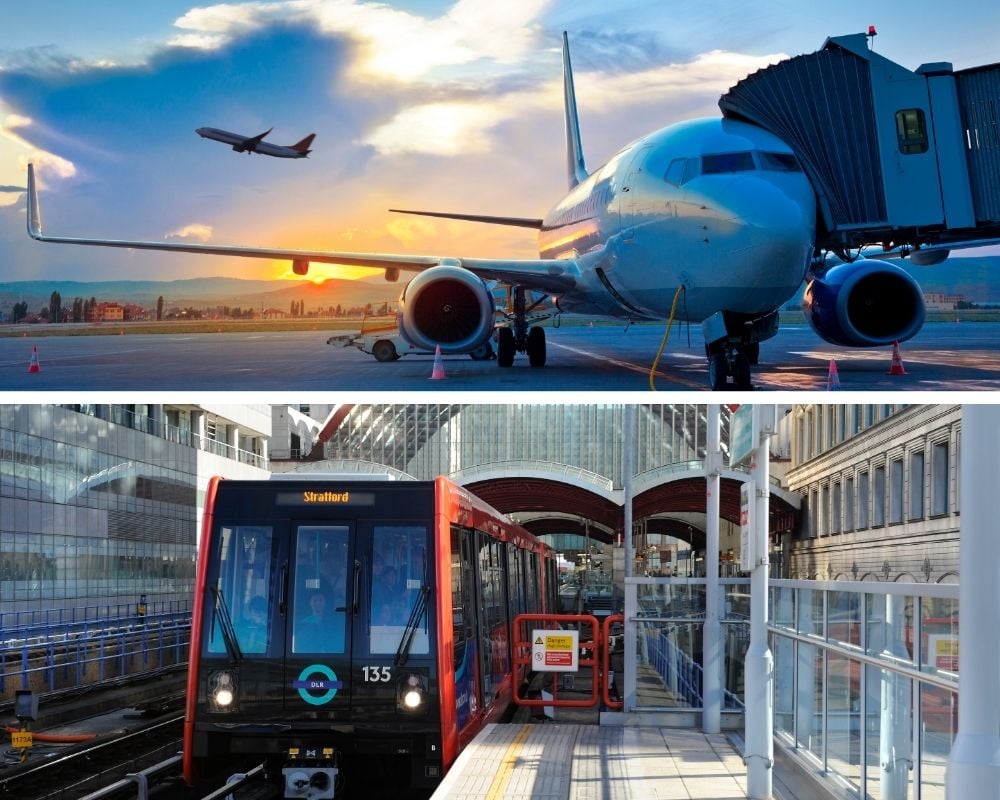How to Use the London Underground
If you are visiting London, there is no doubt you will need to use the London Underground. Covering the Greater London area from the outskirts to the city center, Londoners and tourists alike use the London Underground every day.
The London Underground, also known as The Tube, is an integral part of London life. My name is Becki, and as a Londoner who moved to the city over 20 years ago, I can say it’s the best way to get around the capital.
New to London or just visiting? This article covers everything you need to know about the London Underground from a Londoner. From how to survive rush hour to following the unspoken rules of the Tube.
Ready to ride the Tube like a local? This article is your essential guide to navigating London’s iconic Underground.
A Local’s Guide for Visitors
The Tube is the quickest way to get around London.
It’s reliable, covers almost every part of the city, and runs all day long.
If you’ve never used it before, don’t worry. You’ll pick it up fast.
Tip: Save our Monthly London Outfit Guide | Packing Tips
As a Londoner, I use the London Underground daily, and once you get used to it, it’s very easy to navigate. In this London Underground guide, I share all my tips for navigating the London train network.
Use Contactless or Get an Oyster Card
The easiest way to pay is with a contactless card, or your phone using Apple Pay, Google Pay or Samsung Pay.
You can buy an Oyster card, although it is less commonly used now. To use an Oyster card, you will need to find a station with a manned booth.
Oyster cards cost £7 to purchase, which you top up with credit. This can be done electronically or at any station with a ticket machine. You can also add a travelcard to your Oyster card.
You don’t need to buy tickets before travel— you just tap in at the yellow card reader by the barriers when you enter the station and tap out when you leave.
Your fare is calculated automatically, and you’ll always be charged the cheapest daily rate for the zones you travel through.
For same-day multiple journeys, the charge will be capped at the cost of a daily travelcard, which varies depending on which zones you travel to.
Important travel tip: Always use the same payment method when tapping in and out at barriers to avoid higher fares.
Understand the Zones and Lines
London is split into nine zones, with Zone 1 at the center. Zones 6 to 9 are the outskirts of the city and are mostly residential. Most of the places you’ll visit—like the London Eye, British Museum, or Buckingham Palace—are in zones 1 and 2.
The cost of your journey depends on how many zones you cross. But if you stick to central London, the fares are easy to manage.
To navigate the London Underground, you will need to familiarise yourself with the lines.
There are 11 lines that make up the London Underground, which are: Central, Bakerloo, Circle, District, Hammersmith and City, Northern, Piccadilly, Victoria, Jubilee, Metropolitan, and the Waterloo & City line.
Other lines include the Elizabeth Line, the Docklands Light Railway (DLR), the Overground and National Rail trains. These lines all connect to the London Underground.
If you are visiting London for a short time, it is unlikely that you will use all the lines of the London Underground.
Good to know: If you buy a travelcard for zones 1 & 2, you will not be able to use this outside these zones. Travelling beyond the zones of your travelcard will incur a penalty charge, so check your route first. Contactless payment makes travelling easier as you don’t have to worry about travelling outside of designated zones, as the fare is calculated based on your travel.
Download a Map or Use an App
Every station has printed maps, but it helps to have one on your phone too.
The free TfL Go app shows live service updates and tells you exactly which line and train to take.
Each Tube line has a color and a name. For example, the Piccadilly Line is dark blue and goes to Heathrow, while the Central Line is red and cuts through the heart of the city.
There are a variety of maps you can download to help you navigate London. These include large print Tube maps, maps that show toilet facilities, and maps that show tunnels available on the TfL website.
The Step-free Tube Guide is a useful map to download. Some stations are deeper underground than others, and as such have more steps to access the station.
Knowing which stations are step-free is helpful for wheelchair users, those with mobility issues and parents with children in a pushchair.
The TfL Go app is an essential app when visiting London. The app helps you plan your journey, showing the best route, the cost and how long your journey will take. It also offers alternative routes, step-free options, and information on Tube disruptions.
The TfL Go app is ideal for London visitors, offering sightseeing suggestions with travel directions. It also allows you to manage Contactless payments and top up your Oyster card.
Try Not to Travel During Rush Hour
If you can, avoid traveling between 7:30–9:30 am and 5–7 pm on weekdays. The trains and stations are much quieter outside those hours, and your journey will feel far more relaxed.
Travelling during peak hours will also incur a higher fare. You’ll find seats more easily, and you won’t get caught in a crush of commuters.
Londoner tips for surviving rush hour:
- If you are only travelling a couple of stops, stand or sit close to the doors.
- Travel light. Avoid traveling at rush hour with luggage.
- Keep belongings close.
- When you’re one stop away from your destination, start moving towards the doors. Carriages get very crowded, so you’ll need to be ready to exit promptly.
- Speak up. If you find yourself unable to exit at your stop, simply politely say “excuse me“. Despite what you might have heard about Londoners, we’re generally happy to help if you ask nicely.
Follow the Unspoken Rules
On escalators, always stand on the right. People in a hurry walk on the left, and they won’t appreciate having to ask you to move.
Inside the trains, keep bags off empty seats and don’t block the doors. You’ll see that Londoners usually keep to themselves, but they’re happy to help if you’re lost or confused.
Offer your seat to those less able to stand. If you are sitting and notice a pregnant woman, an elderly person or someone with a small child, it’s polite to offer them your seat, if you can stand.
Stand to the side when boarding the Tube and let people off first. Similarly, when you get off the Tube, don’t block the doors for other passengers.
As you approach the barriers to leave a Tube station, get your contactless, Oyster or ticket ready to scan.
Don’t Panic About Missing a Train
Trains come very often—every 2 or 3 minutes during the day. If the one you want is too full, just wait for the next. It won’t take long and will be more comfortable than cramming onto a packed train.
There’s no need to run for a train or rush because they are so frequent. The exception to this rule is if you are catching the last Tube train of the day.
Most lines operate between 5 am and midnight; however, some lines offer 24-hour service.
On Fridays and Saturdays, the following London Underground lines run a 24-hour service: Victoria, Central, Jubilee, Northern and Piccadilly lines.
On Sundays, the Tube closes earlier. Depending on the line, the last train on a Sunday is between 11 pm – 11.30 pm.
If you do miss the last Tube train, there is a night bus network that services London until the Underground opens again the next day.
Watch Out for Short Journeys
Some stations are so close together, it’s quicker to walk. For example, Leicester Square and Covent Garden are only a few hundred meters apart.
By the time you have navigated the Tube station, got on the train and travelled one stop, you could have walked the same distance quicker.
If you’re only going one stop, check the walking time first. You might discover more of London along the way.
Here are a few stations that are located very close together:
- Waterloo Station and Waterloo East Station are connected.
- St Pancras International and King’s Cross Station are opposite each other.
- Bond Street, Oxford Circus, and Tottenham Court Road are all located along Oxford Street.
- Waterloo Station (London Eye) is a short walk over Westminster Bridge from Westminster Station (Big Ben).
- Bank Station and Monument Station are interconnected.
Going to the Airport?
Heathrow International Airport
The best way to get to Heathrow is via the Elizabeth Line, which runs services to Heathrow Terminals 2,3,4 and 5. The Elizabeth Line is quicker than the Tube – it takes around 28-35 minutes from central London.
You can also take the Tube to Heathrow on the Piccadilly Line. However, it’s not fast and takes around 50 minutes from central London.
If you’re in a hurry or carrying heavy luggage, there are faster (and more expensive) options like the Heathrow Express. This train takes around 15 minutes from Paddington; however, you need to book a separate ticket and can not use Contactless or Oyster.
London City Airport
London City Airport is a smaller airport located in South East London. It offers flights within the UK and Europe.
You can reach London City Airport by taking the Docklands Light Railway (DLR), which you can use Contactless and Oyster cards to travel. The DLR is slower than the Tube and services stations along the London Docklands area in East and South East London.
DLR trains are above ground, offering expansive views of landmarks like Canary Wharf, The O2, and the River Thames through their large windows. The DLR takes around 30 minutes from central London to London City Airport.
Stanstead, Gatwick, and Luton Airports
These airports are all located outside of London; however, they are accessible from central London via the national rail or an express bus service.
Ask for Help if You Need It
You’re not expected to know everything. If you’re unsure, just ask someone—whether it’s a staff member in a bright blue uniform or the person next to you on the platform.
Many Londoners aren’t originally from London themselves, and although we don’t always chat, most of us are happy to point you in the right direction.



